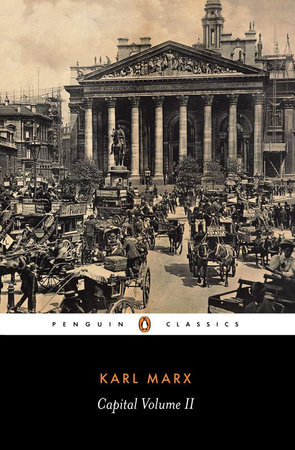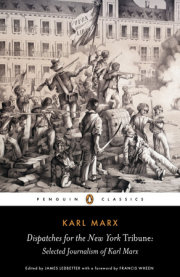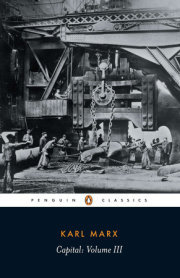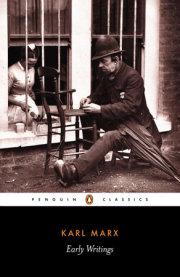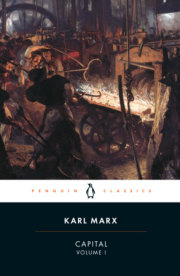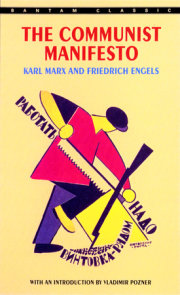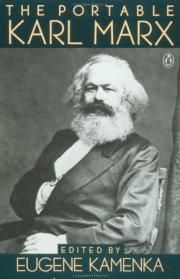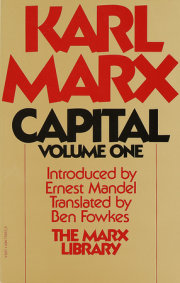Capital Volume 2 Introduction
Translator's Preface
Preface (Frederick Engels)
Preface to the Second Edition (Frederick Engels)
Book II: The Process of Circulation of Capital
Part One: The Metamorphoses of Capital and their CircuitChapter 1: The Circuit of Money Capital
1. First Stage. M-C
2. Second Stage. The Function of Productive Capital
3. Third Stage. C'-M'
4. The Circuit as a Whole
Chapter 2: The Circuit of Productive Capital
1. Simple Reproduction
2. Accumulation and Reproduction on an Expanded Scale
3. Accumulation of Money
4. The Reserve Fund
Chapter 3: The Circuit of Commodity Capital
Chapter 4: The Three Figures of the Circuit
(Natural Economy, Money Economy and Credit Economy)
(The Matching of Demand and Supply)
Chapter 5: Circulation Time
Chapter 6: The Costs of Circulation
1. Pure Circulation Costs
(a) Buying and Selling Time
(b) Book-keeping
(c) Money
2. Costs of Storage
(a) Stock Formation in General
(b) The Commodity Stock Proper
3. Transport Costs
Part Two: The Turnover of CapitalChapter 7: Turnover Time and Number of Turnovers
Chapter 8: Fixed Capital and Circulating Capital
1. The Formal Distinctions
2. Components, Replacement, Repairs and Accumulation of the Fixed Capital
Chapter 9: The Overall Turnover of the Capital Advanced. Turnover Cycles
Chapter 10: Theories of Fixed and Circulating Capital. The Physiocrats and Adam Smith
Chapter 11: Theories of Fixed and Circulating Capital. Ricardo
Chapter 12: The Working Period
Chapter 13: Production Time
Chapter 14: Circulation Time
Chapter 15: Effect of Circulation Time on the Magnitude of the Capital Advanced
1. Working Period and Circulation Period Equal
2. Working Period Longer than Circulation Period
3. Working Period Shorter than Circulation Period
4. Results
5. Effect of Changes in Price
Chapter 16: The Turnover of Variable Capital
1. The Annual Rate of Surplus-Value
2. The Turnover of an Individual Variable Capital
3. The Turnover of Variable Capital Considered from the Social Point of View
Chapter 17: The Circulation of Surplus-Value
1. Simple Reproduction
2. Accumulation and Expanded Reproduction
Part Three: The Reproduction and Circulation of the Total Social CapitalChapter 18: Introduction
1. The Object of the Inquiry
2. The Role of Money Capital
Chapter 19: Former Presentations of the Subject
1. The Physiocrats
2. Adam Smith
(a) Smith's General Perspectives
(b) Smith's Resolution of Exchange-Value into v+s
(c) The Constant Capital Component
(d) Capital and Revenue in Adam Smith
(e) Summary
3. Later Writers
Chapter 20: Simple Reproduction
1. Formulation of the Problem
2. The Two Departments of Social Production
3. Exchange Between the Two Departments: I against II
4. Exchange Within Department II. Necessary Means of Subsistence and Luxury Items
5. The Mediation of the Exchanges by Monetary Circulation
6. The Constant Capital in Department I
7. Variable Capital and Surplus-Value in the Two Departments
8. The Constant Capital in Both Departments
9. A Look Back at Adam Smith, Storch and Ramsay
10. Capital and Revenue: Variable Capital and Wages
11. Replacement of the Fixed Capital
(a) Replacement of the Depreciation Component in the Money Form
(b) Replacement of the Fixed Capital in Kind
(c) Results
12. The Reproduction of the Money Material
13. Destutt de Tracy's Theory of Reproduction
Chapter 21: Accumulation and Reproduction on an Expanded Scale
1. Accumulation in Department I
(a) Hoard Formation
(b) The Additional Constant Capital
(c) The Additional Variable Capital
2. Accumulation in Department II
3. Schematic Presentation of Accumulation
(a) First Example
(b) Second Example
(c) The Exchange of II in the Case of Accumulation
4. Supplementary Remarks
Quotations in Languages Other than English and German
Index of Authorities Quoted
General Index
Note on Previous Editions of the Works of Marx and Engels
Chronology of Works by Marx and Engels





